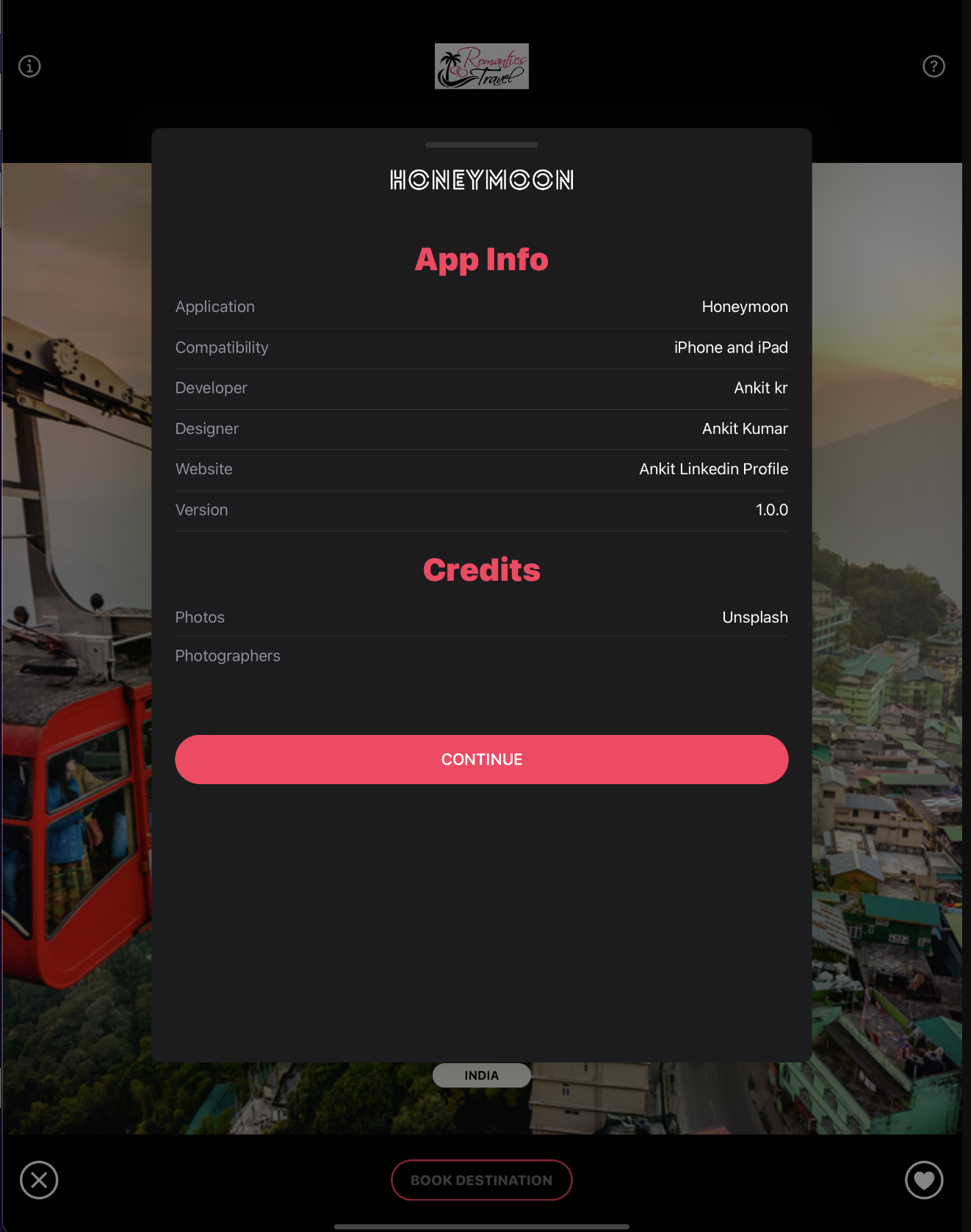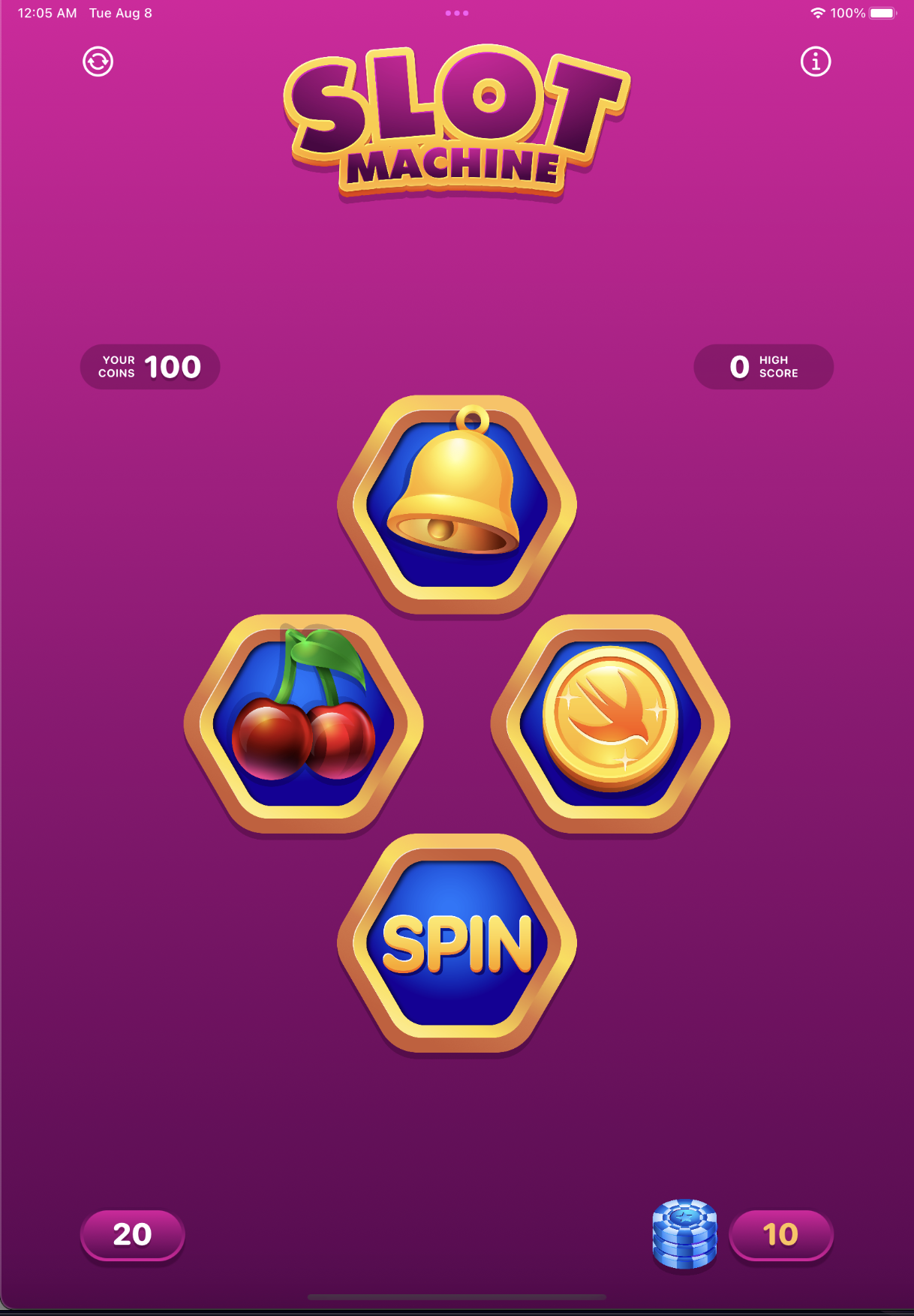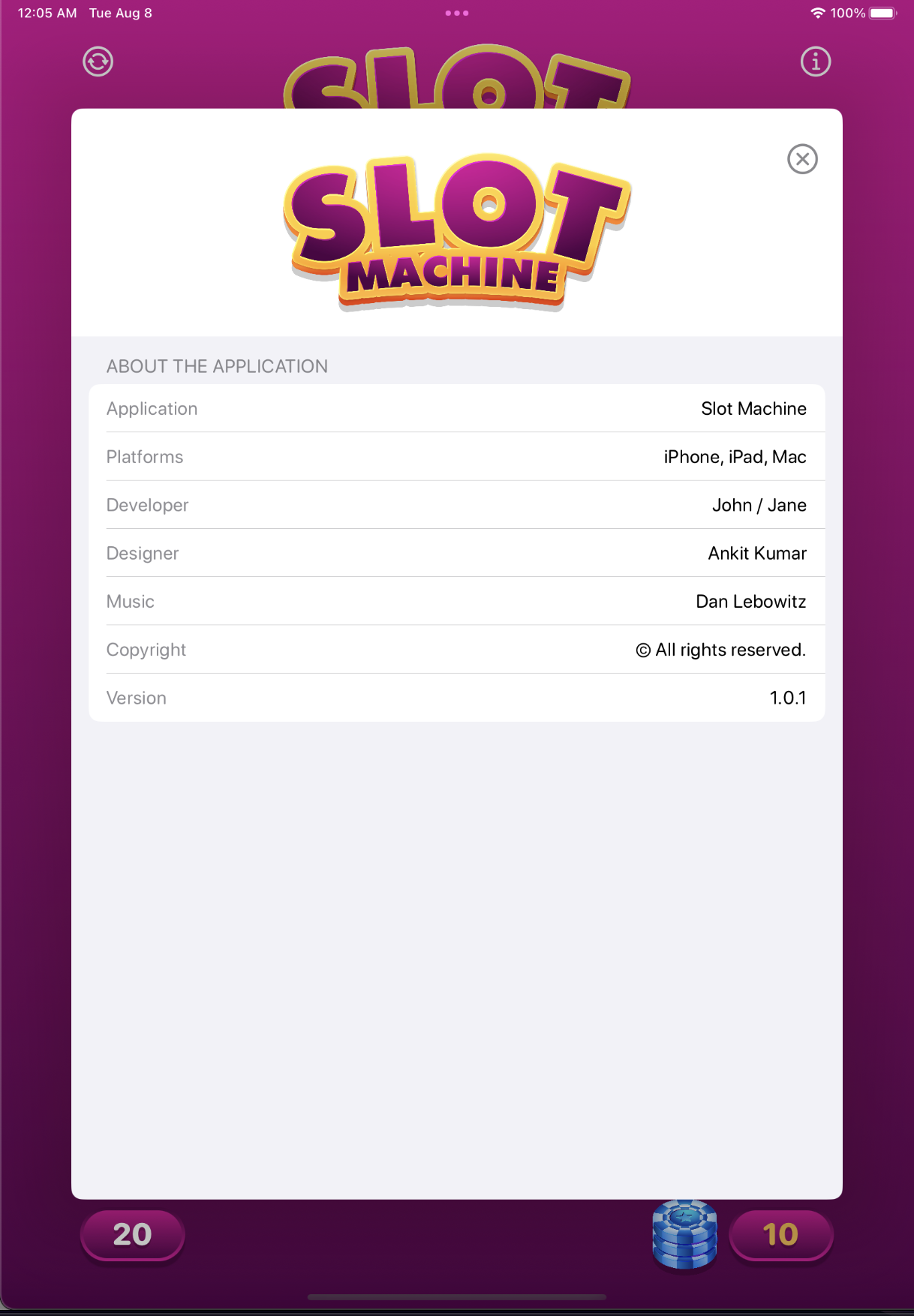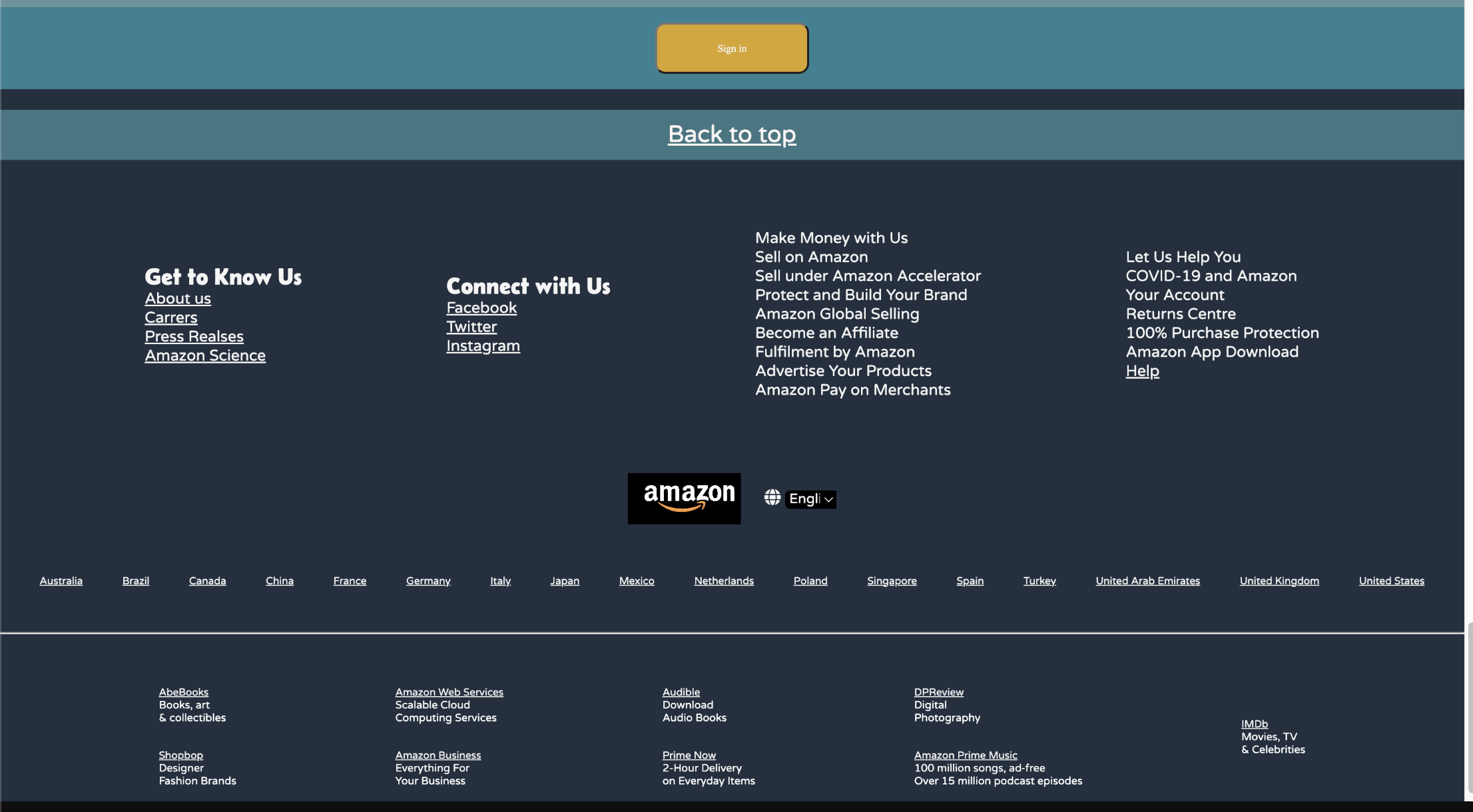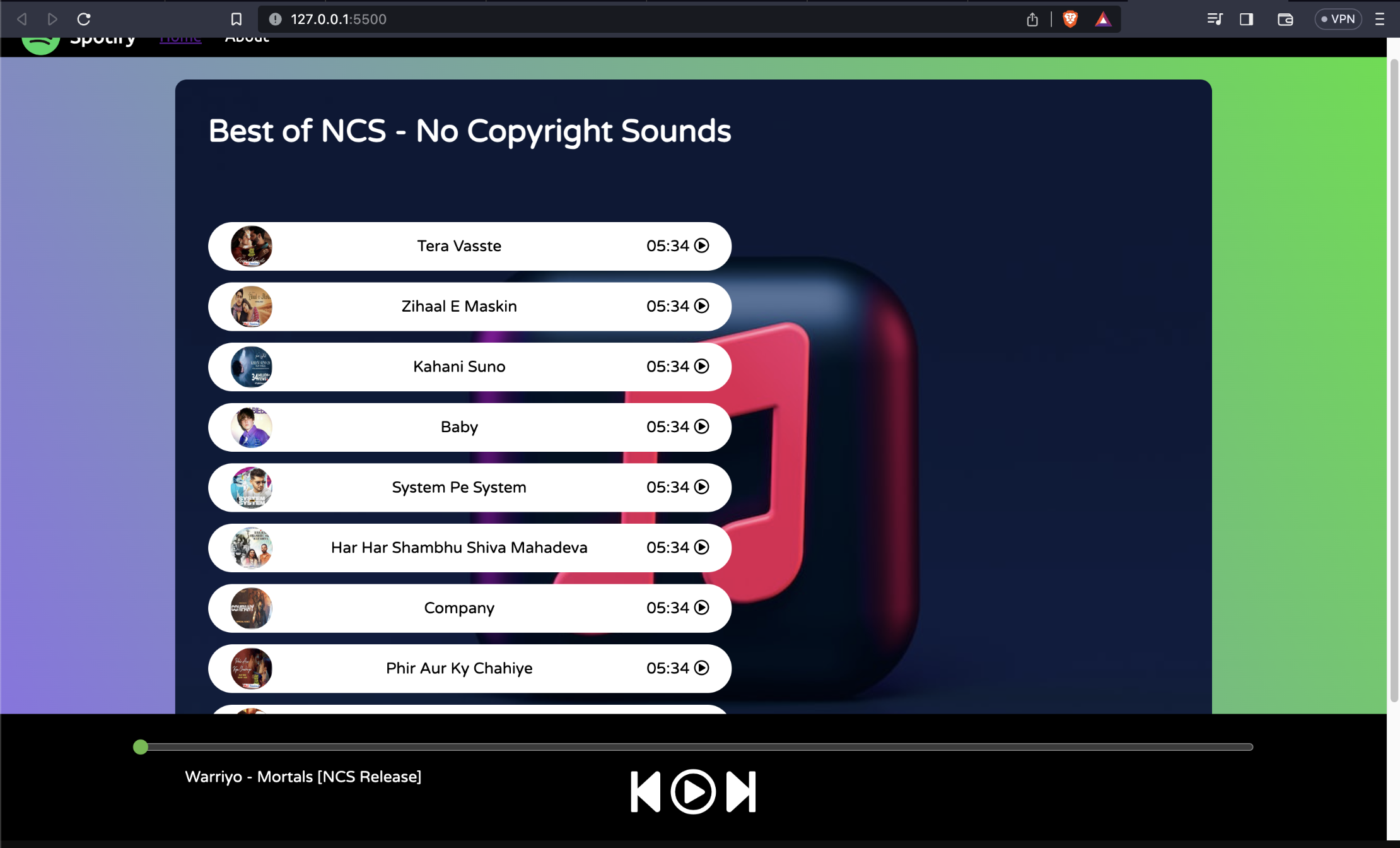ios-Projects
What is Ios-development ?
iOS development with Swift language involves creating mobile applications specifically for Apple's iOS platform using the Swift programming language. Swift is a powerful and modern programming language developed by Apple, known for its safety, speed, and expressiveness. Here are 20 lines explaining iOS development with Swift:
1. iOS development with Swift allows developers to create apps for iPhone, iPad, and other Apple devices.
2. Swift is the primary programming language used for iOS app development, known for its concise syntax and powerful features.
Developers use Xcode, Apple's integrated development environment (IDE), for writing, testing, and debugging Swift code.
Swift offers features like optionals, type inference, and generics, enhancing developer productivity and code safety.
UIKit and SwiftUI are popular frameworks used for building user interfaces in iOS apps with Swift.
3. UIKit provides a traditional approach to building interfaces, while SwiftUI offers a declarative way to design UIs.
iOS apps are typically written in a Model-View-Controller (MVC) architecture, separating data, presentation, and user interaction.
Developers leverage Interface Builder, a visual design tool in Xcode, to create user interfaces for iOS apps.
4. Core Data is a framework used for data persistence in iOS apps, allowing storage and retrieval of application data.
Networking in iOS apps is accomplished using URLSession or third-party libraries like Alamofire for making HTTP requests.
Swift Package Manager (SPM) is a tool for managing dependencies and building Swift packages used in iOS development.
5. Developers utilize CocoaPods or Swift Package Manager for integrating third-party libraries and frameworks into their iOS projects.
6.Localization and internationalization are crucial aspects of iOS app development, allowing apps to support multiple languages and regions.
7. Apple's Human Interface Guidelines (HIG) provide design principles and best practices for creating intuitive and visually appealing iOS apps.
8. Testing is integral to iOS development, with XCTest framework used for writing unit tests and UI tests to ensure app reliability.
Continuous integration and deployment (CI/CD) pipelines automate the process of building, testing, and distributing iOS apps.
9. App Store Connect is Apple's platform for managing app submissions, updates, and distribution to the App Store.
10. iOS developers must adhere to Apple's App Store Review Guidelines to ensure apps meet quality and content standards.
11. Accessibility features like VoiceOver and Dynamic Type enable developers to create inclusive iOS apps that are usable by all users.
12. With Swift and iOS development, developers can create innovative, high-quality apps that delight users and leverage the full potential of Apple's ecosystem.
Web-development
What is Web-development ?
Web development refers to the process of building and maintaining websites or web applications that are accessible via the internet. It encompasses a variety of tasks, including web design, web content development, client-side scripting, server-side scripting, and network security configuration, among others.
Here's a breakdown of some key aspects of web development:
1. Web Design: This involves creating the visual layout and user interface (UI) of a website. It includes elements such as typography, color schemes, imagery, and overall page structure.
2. Front-end Development: Front-end development focuses on building the client-side of a website or web application. This includes using languages like HTML, CSS, and JavaScript to create interactive and visually appealing user interfaces. Front-end developers also work with frameworks and libraries like React, Angular, or Vue.js to streamline the development process.
3. Back-end Development: Back-end development involves building and maintaining the server-side of a website or web application. This includes handling databases, server configuration, and implementing the logic that powers the application. Common back-end languages and frameworks include Node.js, Python (with frameworks like Django or Flask), Ruby on Rails, and PHP.
4. Full-stack Development: Full-stack developers are proficient in both front-end and back-end development. They have the skills to work on all aspects of web development, from designing user interfaces to managing server infrastructure.
5. Database Management: Web developers often work with databases to store and retrieve information. This involves designing database schemas, writing SQL queries, and integrating databases with the rest of the web application.
6. Web Security: Security is a critical aspect of web development. Developers must implement measures to protect websites and web applications from common threats such as cross-site scripting (XSS), SQL injection, and unauthorized access.
7. Web Standards and Best Practices: Web developers need to adhere to industry standards and best practices to ensure that their websites are accessible, performant, and compatible with different devices and browsers.
Overall, web development is a dynamic and multifaceted field that requires a combination of technical skills, creativity, and problem-solving abilities to create functional and user-friendly websites and web applications.


